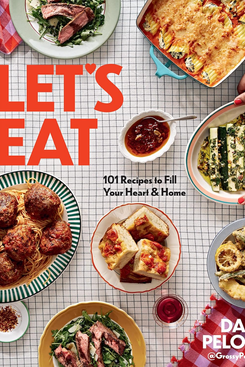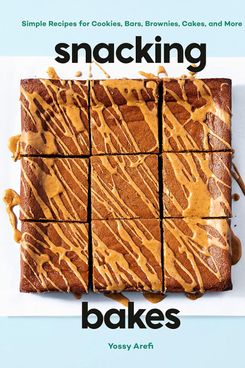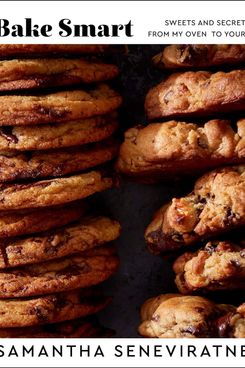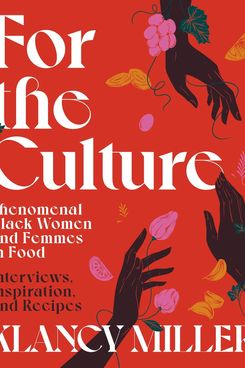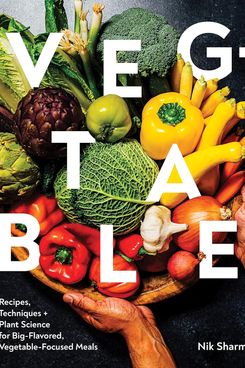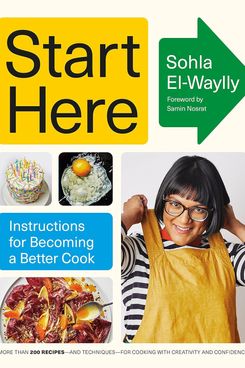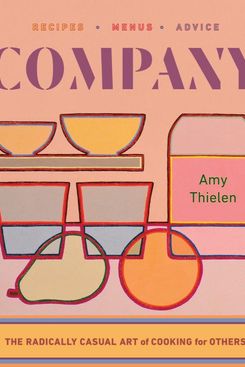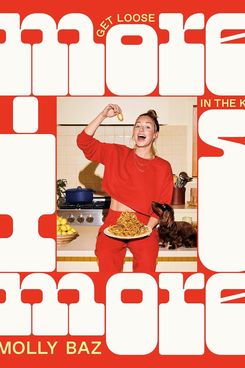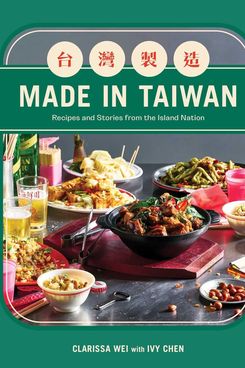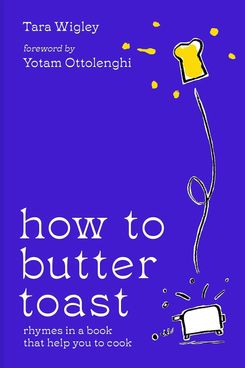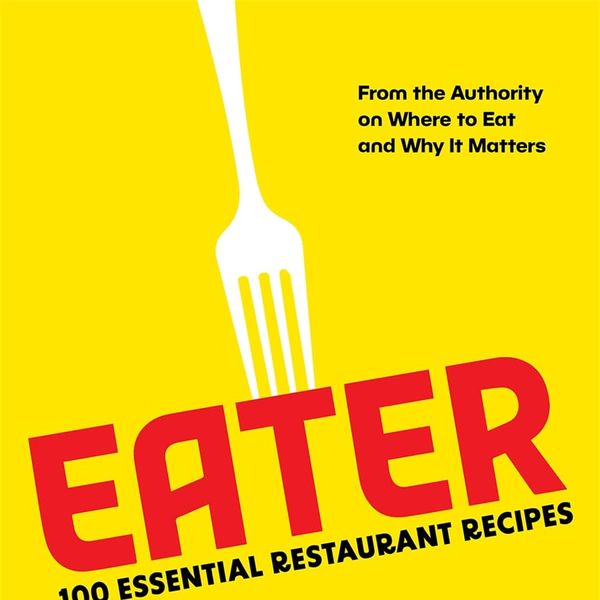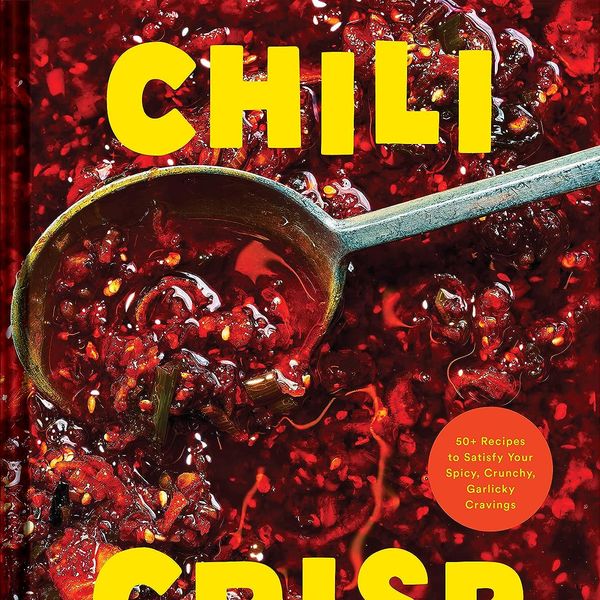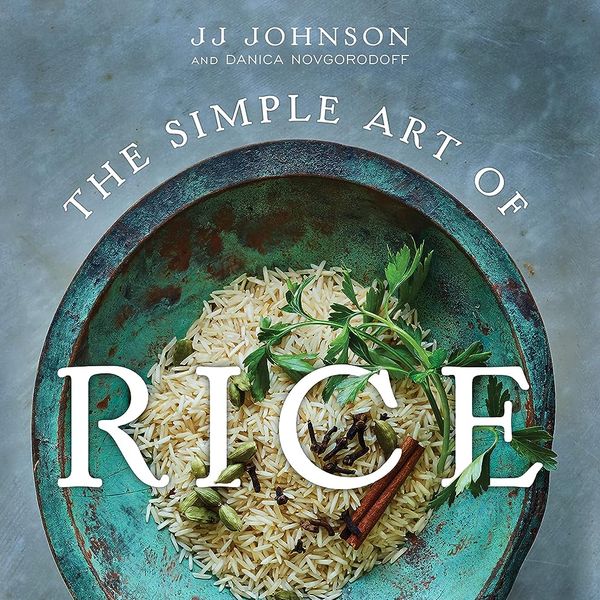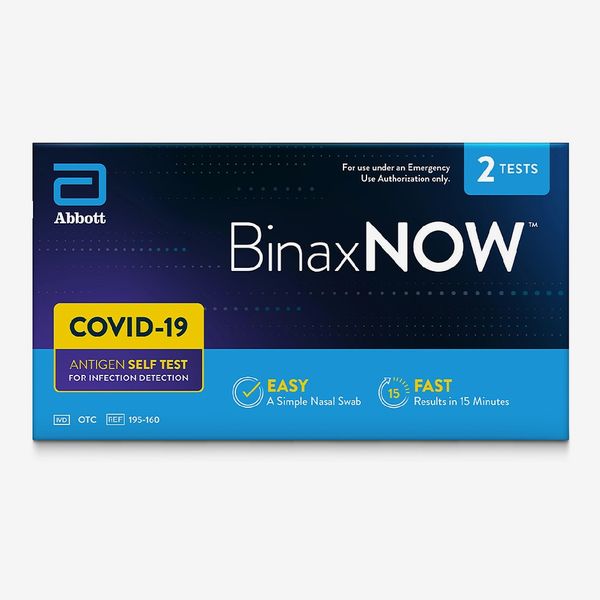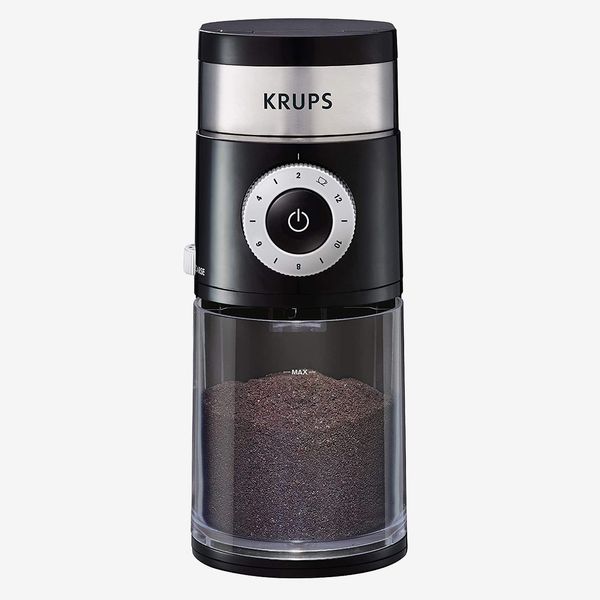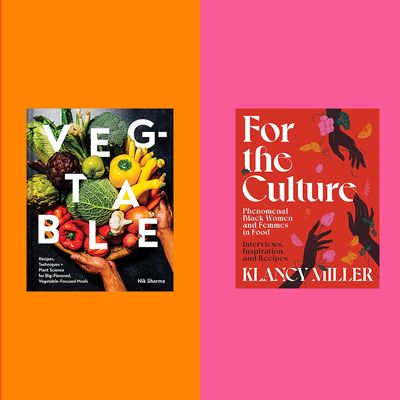
These days, there’s no shortage of people, from professional developers to avid home cooks to questionably authoritative influencers, telling me what to cook for dinner. Even as someone who finds great pleasure in that activity, the endless possibilities can lead to decision fatigue. These are the moments when I pick up a thoroughly tested, expertly organized cookbook. And luckily, no time of year is better to grow your collection (or start one) than fall, when the largest number of new titles are released. It’s also on the precipice of gifting season, and cookbooks make great presents. You can tailor your pick to the person, whether they’re a recent college grad making their own meals for the first time or a friend who already spends a ton of time in the kitchen.
I’ve spent the last several weeks poring over a bunch of new titles, and below, I’ve rounded up the ones I’m most excited about. This is by no means an exhaustive list — but it is one that I hope will help you (or someone you love, or even someone you’re obligated to buy a present for) find non-overwhelming inspiration.
For the last several years, Dan Pelosi has had me hooked as a viewer as he documents his meals — so much so that I’ve worked with him on quite a few stories for this very site. Whether he’s making fried eggs or baked shells with his signature “Vodka Sawce,” he’s just so excited to share his food with you that that passion permeates the pages of his debut cookbook. The mostly Italian American–leaning recipes are approachable, like a sheet-tray dinner of sausage, peppers, onions, and potatoes, and he thinks practically, using one big batch of marinara for a whole chapter’s worth of dishes. There’s also an opinionatedness throughout — meatballs should be the size of a baseball, be generous with sandwich condiments, potlucks are a hard no — but it doesn’t come across as snarky. It’s more like enthusiastic advice from someone who doesn’t love anything more in this world than cooking and eating and wants you to feel the same.
This is a book for when a chocolate craving strikes at 3 p.m. (me, often) or for when you forgot you promised to bring dessert until the last minute. Yossy Arefi’s cookies, cakes, and bars are casual to make and to eat. The recipes are easy enough for the amatuer baker to follow successfully; Arefi promises that most can be made in under an hour and in only one bowl. Still, the sweets are appealing enough that a seasoned baker will crave them: thin and crispy maple espresso cookies for dunking in coffee, decadently fudgy triple-chocolate olive oil brownies, peanut butter and jam cake with raspberries for a nostalgic hit. Sometimes, I don’t want to spend hours cooling homemade caramel in a tart shell. I just want — no, need — a simple, sweet bite.
Samantha Seneviratne’s baked goods are a bit more complicated than Arefi’s (you’ll find laminated pastries, yeasted doughs, and meringue). Still, the whole point, as the title suggests, is to bake smarter, not harder. It’s a premise I find so appealing: understanding the fundamentals will help you work with more confidence. The chapters are divided by main ingredient, and each starts with an explainer of what it contributes in its different forms (cold butter is essential in creating steam in her rough puff pastry, while creaming room-temperature butter with sugar for her chocolate, banana, and oat cookies will give them lift in the oven). The recipes that follow highlight those varied behaviors and give additional tidbits, too. Even while being greatly informative, Seneviratne’s words are simple and inviting: You’re learning, sure, but mostly you’re baking because baking is fun.
For the Culture is only kind of a cookbook — and that’s what makes it such a joy to read and a resource to hold onto. There are recipes, quite a few of which I’ve earmarked (chef and author Zoe Adjonyoh’s jollof risotto with prawns for my next dinner party, food stylist Jillian Knox’s savory oatmeal for lunch, like, tomorrow). But the bulk of it is interviews with 66 Black women and femmes who work in the food, beverage, and hospitality space. There are farmers, chefs, wine professionals, business owners, writers, photographers, and many more who speak to topics that don’t get talked about enough, especially from the perspective of this often-overlooked group. They touch on how they got their start, what the hardest and most rewarding parts of their careers have been, and how they take care of their mental health. The book is written and curated by Klancy Miller with the explicit aim of being the resource she never had as a young person drawn to the vast world of food.
Sharma was a molecular biologist before he was a cook, and his background is ever-present in this volume (as it was in his first two). The lengthy opening starts with an investigation into what a vegetable even is and why understanding that matters. Even if the average person, like me, won’t retain the scientific stuff, it’s clear that that obsessive information he shares informs how he actually cooks and writes recipes — and we’re all better off for it. I knew Sharma had made something great when I bookmarked literally everything in the very first section on alliums (golden za’atar onion rings with buttermilk caraway dipping sauce, roasted garlic and chickpea soup, and corn fritters with Sichuan chive butter are a few). The subsequent sections include many familiar varieties, but there are some vegetables I haven’t worked with as much that I’m eager to explore, too, like bamboo and cassava.
Sohla El-Waylly, whom I had the pleasure of working with at Bon Appétit several years ago (a.k.a. sneaking down to the test kitchen to get my hands on whatever I possibly could that she was making), is both knowledgeable as hell and an incredibly good teacher. This title, her first, feels in line with Samin Nosrat’s Salt, Fat, Acid, Heat (Nosrat wrote the foreword, in fact). This is a cookbook you read and then keep on hand, referencing whenever you have a question, want to master a basic, or take a particular skill to the next level. Each section teaches you one indispensable technique across savory and sweet. Then you put what you just learned into practice with recipes organized by difficulty level within each section. I’ve already medium-boiled eggs per her instructions — something that was hit-or-miss for me previously despite the fact that I’ve been doing it for years — with a newfound confidence and great success. Her tone throughout is straightforward, approachable, and generous.
Amy Thielen’s steak-night menu of wood-fired rib eyes with fava butter, grilled pickled half-hots, salt potatoes, boiled zucchini with herb oil, and a smoky tomato terrine sounds like a perfect menu to me. Sure, every component can stand on its own — but really, it’s all of them together that has me dreaming of bottles of wine, dim lights, and messy tablecloths. This is exactly the author’s intent: to deliver compilations of dishes that are studies in flavor, texture, temperature, and color contrasts. She’s mastered the art of hosting over years of living in rural Minnesota (where going out isn’t really an option) and brings her romantic but practical approach to her writing and menus.
Molly Baz’s second book feels like a natural continuation of her first, leaning into what she’s always done and done well: make really vibrant food that’s charred, punchy, salty, or peppery. Even simple dishes have a bold point of view, like her boiled potatoes that are drenched in olive oil and garlic bread where you use an entire roasted head, 12 grated cloves, and tons of chives. It’s also worth noting that she holds your hand as you go, a bonus for any beginner cook: There are QR codes throughout for accompanying video and audio, as well as bolded ingredients and prep steps (like chopping onions) in the recipes themselves so you don’t have to refer to the shopping list (which, by the way, is organized by grocery-store departments).
I’m always drawn to cookbooks that transport me to a place. Clarissa Wei delivers just this in her sharp debut: It’s a chronicle of Taiwanese dishes, but also her clear declaration of Taiwanese cuisine as being distinct despite, she says, China’s consistent attempts to dismiss the island nation as its own country. There are stories throughout, like that of the electric steamer that fundamentally changed the way people cooked in the ’60s, and of indigenous groups who have their own history and connection to the land. Many of the recipes require quite a few steps, but I like knowing where to turn when I want to dive into a project. You roll your own rice noodles for soups, twist dumplings filled with homemade jelly stock, and make your own scallion pancakes to wrap around beef. Still, there are simpler standouts, like the cold sesame noodles and preserved daikon omelet.
This utterly delightful book comes from Tara Wigley, the in-house writer for Yotam Ottolenghi. Though there aren’t any actual recipes, there are a ton of practical cooking takeaways in the form of 30 Dr. Seuss–esque poems. Each tackles a how-to like dressing a salad, making hollandaise, roasting a chicken, and preparing a martini. Wigley gives the fundamental dos and don’ts (and often both, when methods are up for debate) of these tasks, all through clever and playful rhymes that had me, quite literally, smiling from ear to ear as I read. I can imagine giving this as a less-obvious gift to pretty much everyone who enjoys spending any time in the kitchen. It might not be the type to get stained with drips and splatter, but it’s the type they’ll consume with sheer amusement.
More new cookbooks I’m excited about
The Strategist is designed to surface the most useful, expert recommendations for things to buy across the vast e-commerce landscape. Some of our latest conquests include the best acne treatments, rolling luggage, pillows for side sleepers, natural anxiety remedies, and bath towels. We update links when possible, but note that deals can expire and all prices are subject to change.

